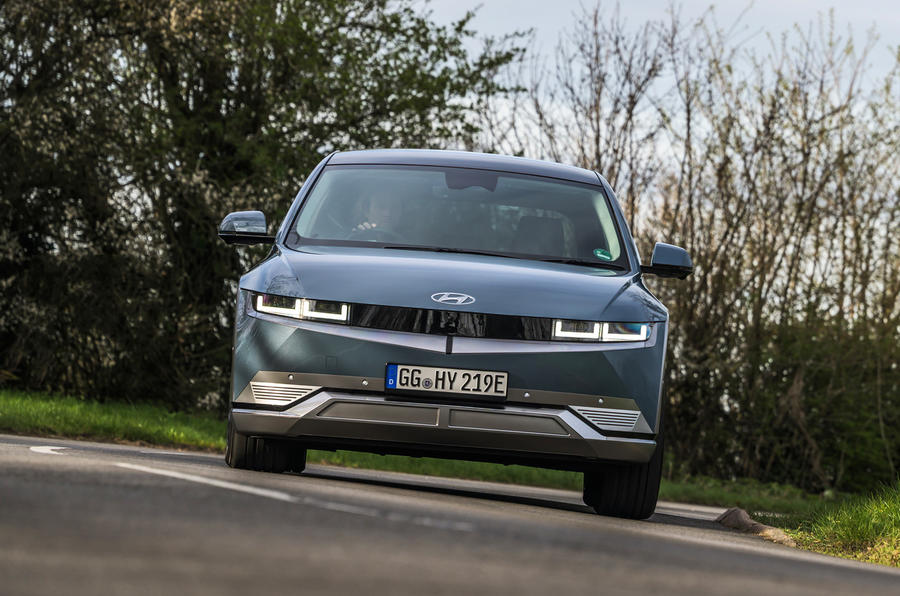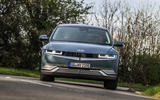Who among the established car makers has, in recent times, changed the way the world perceived their marque with but one brilliantly conceived product?
There certainly aren’t many. Audi and the mid-engined Audi R8 supercar; maybe Fiat and the fine job it did reinventing the Fiat 500. Bentley’s Continental GT?
Well, here’s the latest member of that club. And one glance at the Hyundai Ioniq 5 will have you wondering whether this all-new electric crossover – an avant-garde but also staunchly traditional two-box hatchback with, of all things, Lancia Delta Integrale overtones – isn’t the most potent episode of perception-bending of them all.
We’ll come back to the design shortly, not least because all is not quite as it seems, but when was the last time a mass-market Hyundai stopped you dead in your tracks?
Design isn’t the only ambush that Hyundai has laid here, either: there’s also the timing. It was only on 23 February that the Ioniq 5 was revealed to the world, yet here we are in April with a pre-production example to become acquainted with on Warwickshire roads.
Get up very close and on this one you can even pick out patches where the disguise cladding fitted for public testing in Germany has worn through the shimmering metallic paint – although cars in mint condition should reach customers as early as late June.

The Ioniq 5 has effectively been Hyundai’s lockdown project, and the short timeline means that some dynamic elements are still to be signed off before the first ‘proper’ cars go down the line at Ulsan, the South Korean plant so colossal that you need a helicopter to appreciate its scale. So no star rating today.
As for the idea itself, there’s an awful lot to digest. Hyundai Ioniq has since 2016 been the name of Hyundai’s Volkswagen Golf-sized liftback, famous for being the first car ever to be offered in hybrid, plug-in hybrid and electric formats. As it stands, that car won’t be replaced when its life cycle ends and Ioniq will become an EV sub-brand that’s more premium in nature and pricing than anything we’ve yet seen from Hyundai. Already an Ioniq 6 mid-size saloon is slated to launch in 2022, and an Ioniq 7 large SUV will follow in 2024.




















































Join the debate
Add your comment
It's looks great but the most significant thing is 60 miles charge in 5 minutes. Or 300 in 25 minutes. That's the sort of stuff that makes everything out there out of date. That's a real breakthrough. I quite like the idea of a mega hatch that can recharge in 25 minutes.
Sounds like absolutely fantastic car - bravo Hyundai.